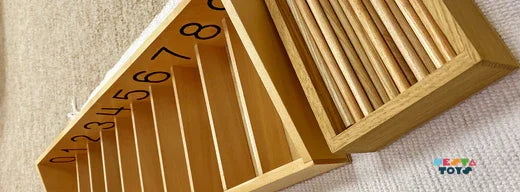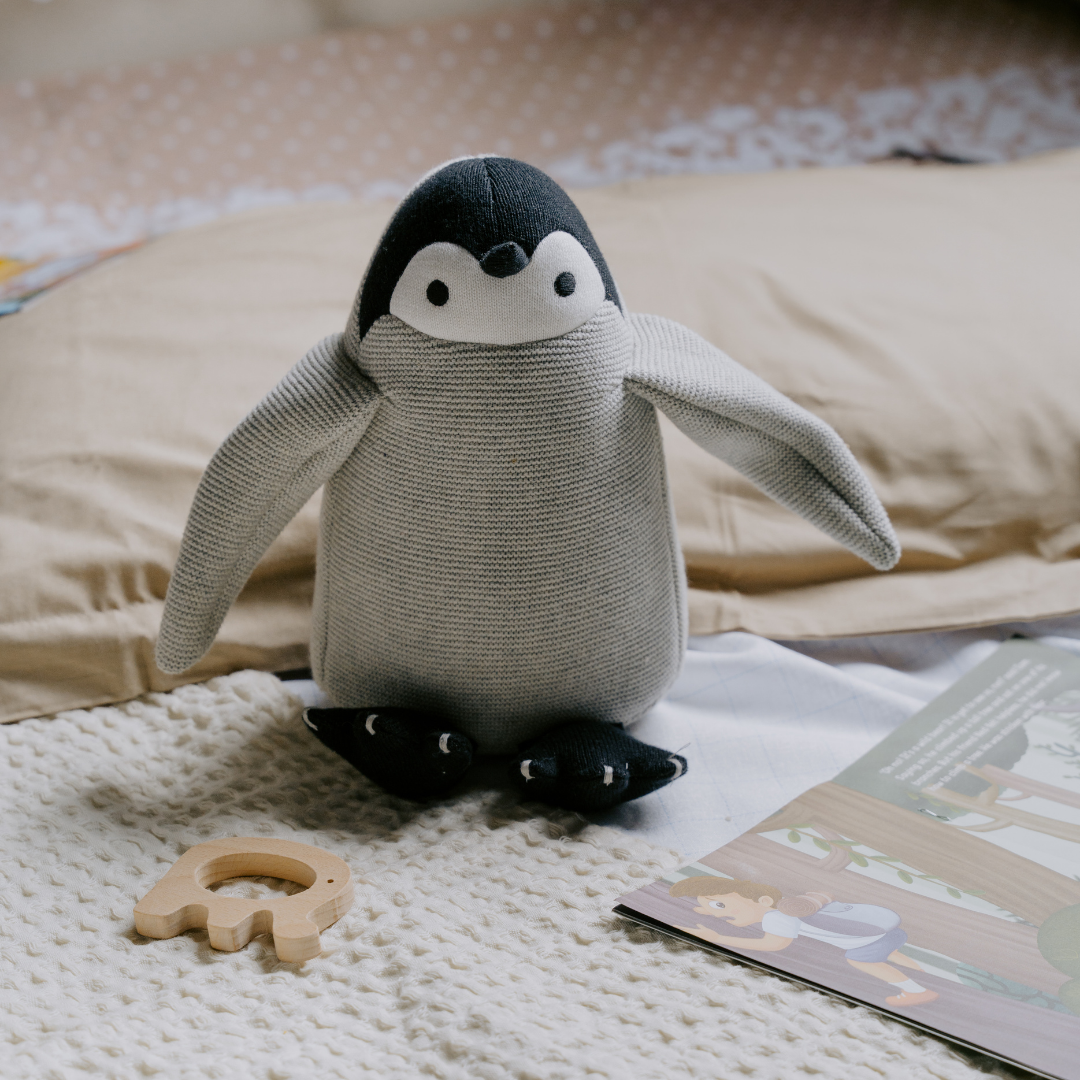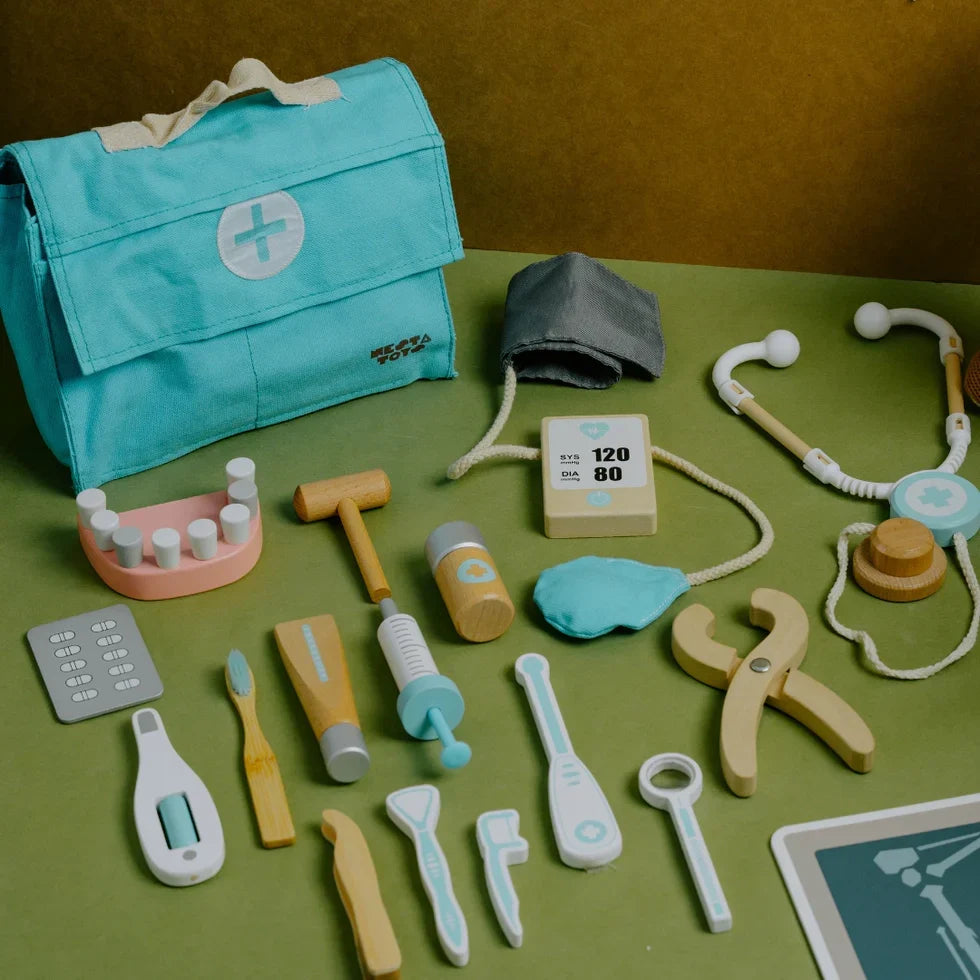Aim:
- To help the child consolidate the association between quantities and symbols (numerals) through their names.
- To help the child understand the succession of numbers.
- To help the child realize that quantities above one can also be composed using loose, identical units.
- To help the child prepare for arithmetic involving groups.
- To indirectly help children understand the concept of numeration and prepare them for the Decimal System, while also encouraging them to explore and learn about the concept of zero.
Description:
In this engaging Montessori activity, children begin by preparing their work area. They are introduced to a material consisting of a box with 10 compartments, each labeled with a number (excluding zero). Children familiarize themselves with the numbers and form associations between the numerals and their corresponding compartments.
Next, they focus on a container of wooden spindles. Children use numerals on compartments to count and place the right number of spindles, helping them grasp quantity and develop kinesthetic skills. Verifying their accuracy by comparing the spindles with an empty basket provides visual confirmation.
As the activity progresses, children introduce a new element: green bands. They select spindles, tie a green band around each one, and place them in the compartments. This reinforces the concept of a unit, with the green band as a visual cue, strengthening the link between numerals, quantities, and spindle representation.
With increasing proficiency, children are encouraged to continue the activity independently. They experiment with different numerical combinations, enhancing their counting skills and deepening their grasp of numeration. Building on prior experiences with number rods and cards, this hands-on approach creates a fun, interactive learning environment that strengthens understanding of quantity and key math concepts.
Suggested At-Home Activities:
- Alternative Materials for Spindle Box: The spindle box activity can be recreated at home with simple materials like ice cream sticks, toothpicks, earbuds, or any other similar objects. A cloth pouch with compartments, similar to the spindle box, can be used to replace the original box. The cloth pouch should have separate compartments for each number.
- Recycled Tissue Rolls: The spindle box activity can be adapted at home using recycled tissue rolls as compartments for spindles or other small objects.
- Alternative Containers and Spindles: Similar to the spindle box, identical trays with numbers written on them can be used. Straws can be used as spindles for counting and grouping.
This approach allows for a flexible, hands-on learning experience that promotes counting and numeracy skills at home.









